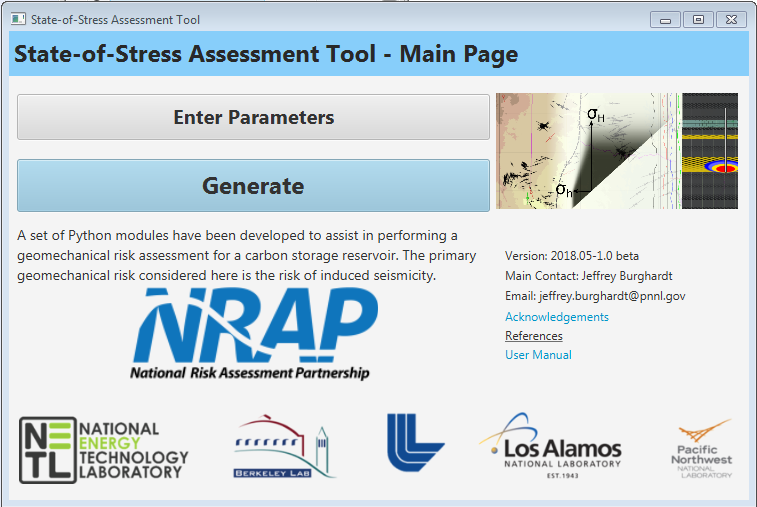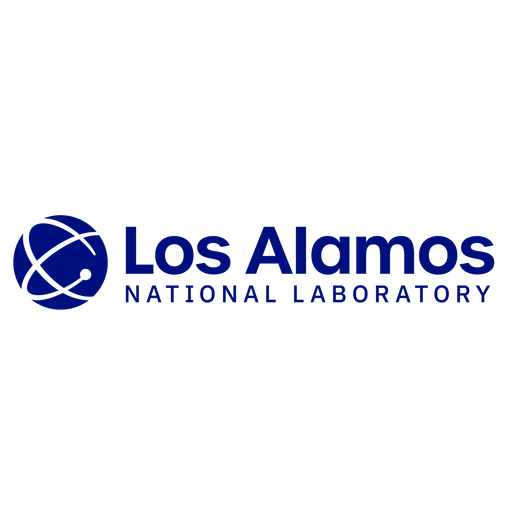The injection of CO2 into subsurface formations causes an increase in pore pressure. This alters the state of stress in ways that can lead to activation of faults and unintended initiation and propagation of hydraulic fractures. These risks can be quantified and managed through characterization of the pre-existing state of stress, fault geometry, and control of the CO2 injection rate during operations. Even with careful characterization there remains some uncertainty in the initial state of stress that is operationally significant, both because of uncertainties in interpretation of the data and due to spatially variability of stress that cannot generally be fully characterized. There is also uncertainty in how the stress state will change because of injection because the pore pressure field of field of rock mechanical properties is also imperfectly known.
The NRAP State of Stress Analysis Tool (SOSAT) applies a Bayesian approach to quantify these uncertainties in the initial stress state and change in stress that occurs because of injection. Several different types of common characterization data, such as mini-frac measurements, borehole breakouts, drilling-induced tensile fractures, and regional stress indicators can be used by SOSAT. These data are specified using probability distributions for the key observational parameters. SOSAT then recursively applies Bayes’ law to the data to compute the posterior probability distribution for the stress tensor. Importantly, unlike Monte Carlo approaches that treat the three principal stresses as independent stochastic variables, SOSAT accounts for covariance between the principal stress components and computes the joint probability distribution for the principal stresses. Using the posterior probability distribution for the stress tensor SOSAT can then calculate the probability of fault activation and unintentional hydraulic fracturing over a specified range of pore pressures (Burghardt, 2018). Additionally, SOSAT can be used to generate random samples of the posterior stress distribution for use in other analysis, such as applying initial conditions or superposing with to a finite-element geomechanical model. The SOSAT tool provides value during GCS site screening and characterization phases to target collection of specific additional data to constrain uncertainties in geomechanical risk and to help operators to make informed decisions during the operational phase (Appriou et al., 2019). The capability represented in SOSAT, therefore, helps build stakeholder confidence that geomechanical risks are understood and manageable.
Visit https://sosat.pnnl.gov to access and explore the online Version 1 of SOSAT.






